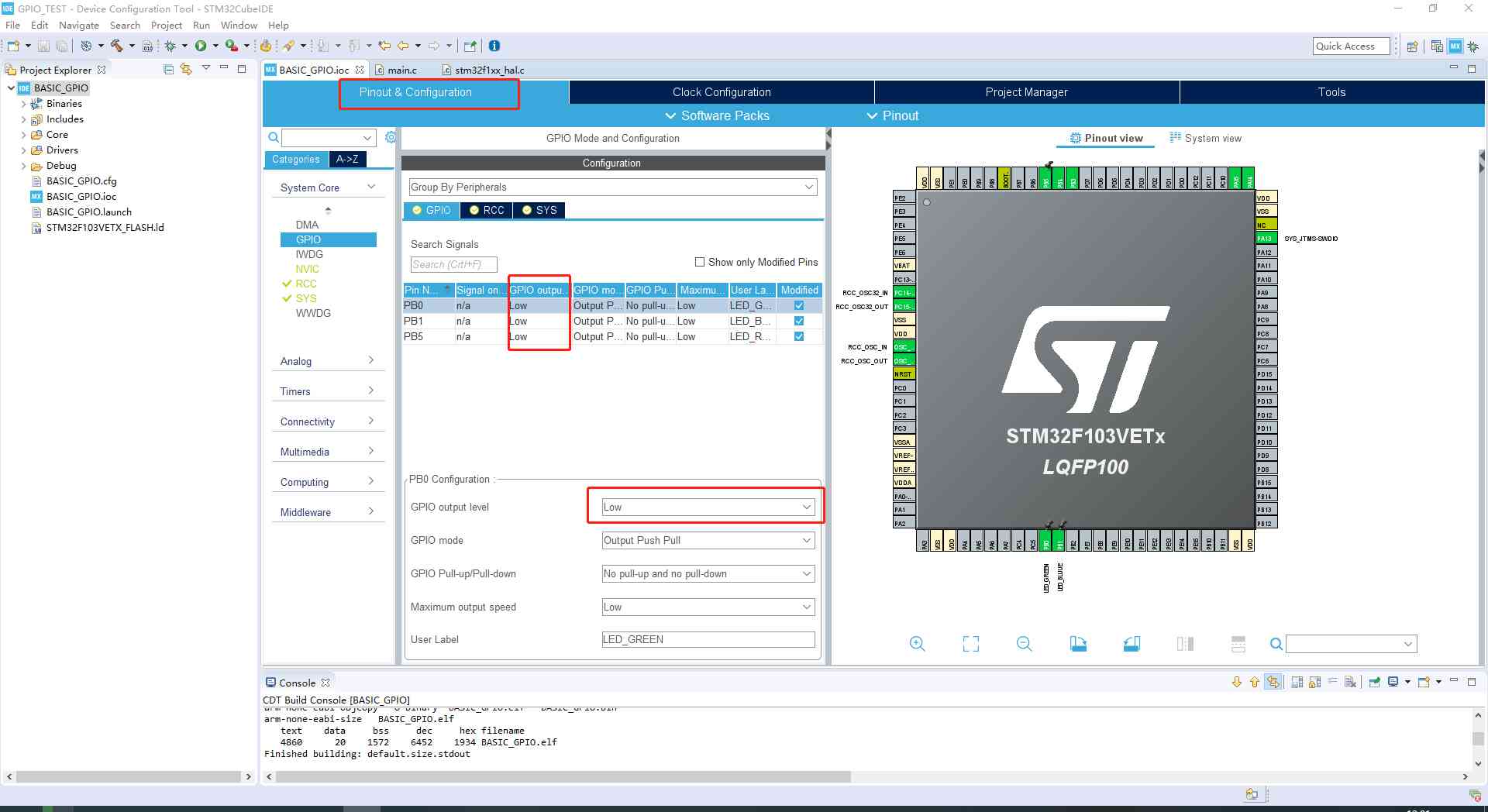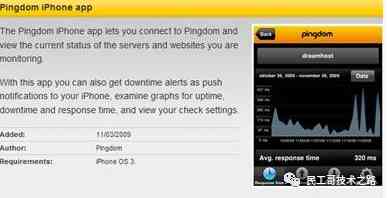1、 stay ST Download from the official website STM32CubeIDE instead of STM32CubeMX, also STM32CubeIDE It's free. .(STM32CubeIDE Chinese path... Is not supported , Otherwise, the compilation will be wrong )
2、 If you're using a keil Development environment so STM32CubeIDE =(STM32CubeMX + Keil)STM32CubeMX It's just a configuration code generator
3、STM32CubeIDE Software download link :https://www.st.com/zh/development-tools/stm32cubeide.html#tools-software
4、STM32CubeMX Software download link :https://www.st.com/zh/development-tools/stm32cubemx.html
5、 Start the installation when the download is complete , You can change the installation path , All the rest are by default ( Only install this time STM32CubeIDE )



6、 Open the software after installation , Set your own work environment path , Click on Launch( The path cannot have Chinese , Some Chinese will compile error )
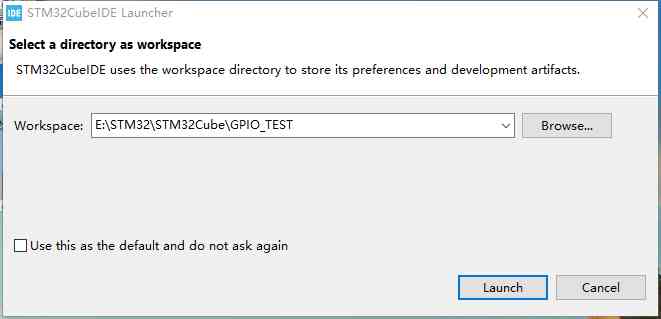
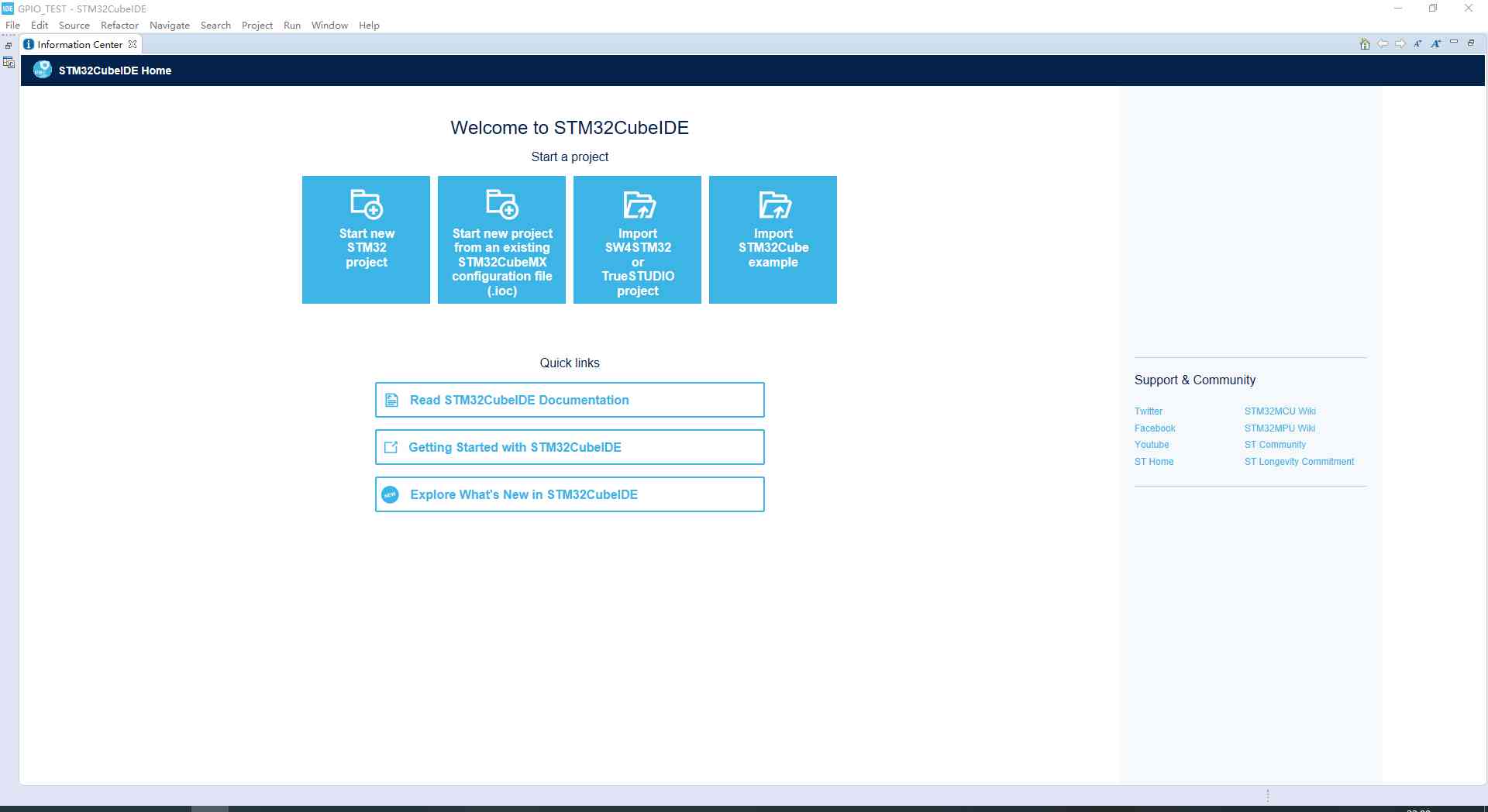
7、 Click on Start new STM32 project Create a new project , Input the corresponding chip model on the hardware , Click on Next, Enter the project name BASIC_GPIO, Click on Next Pop-up dialog box , Click on Yes.
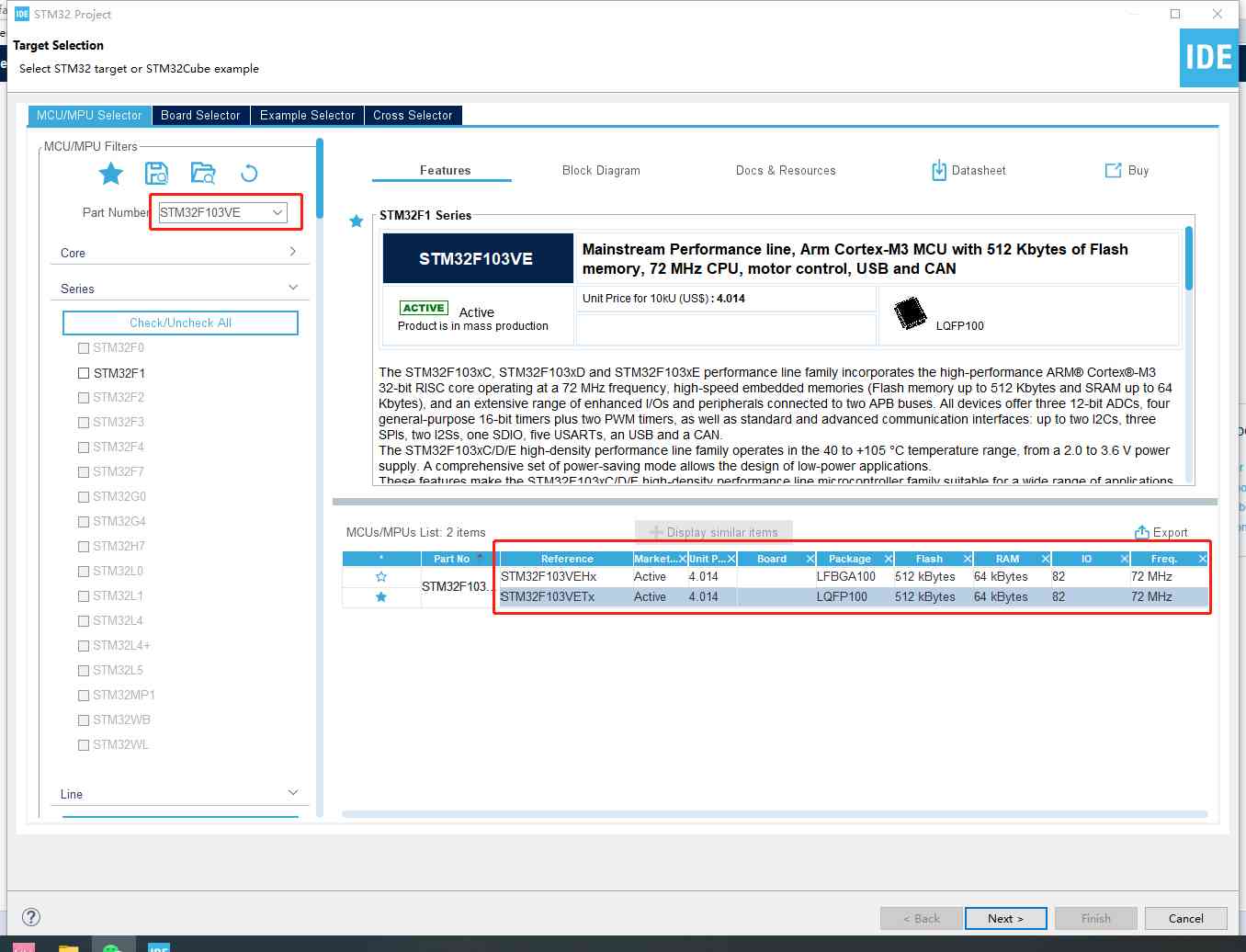
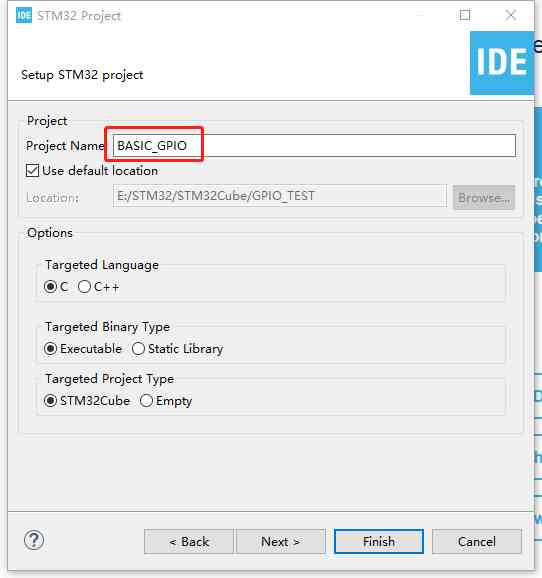
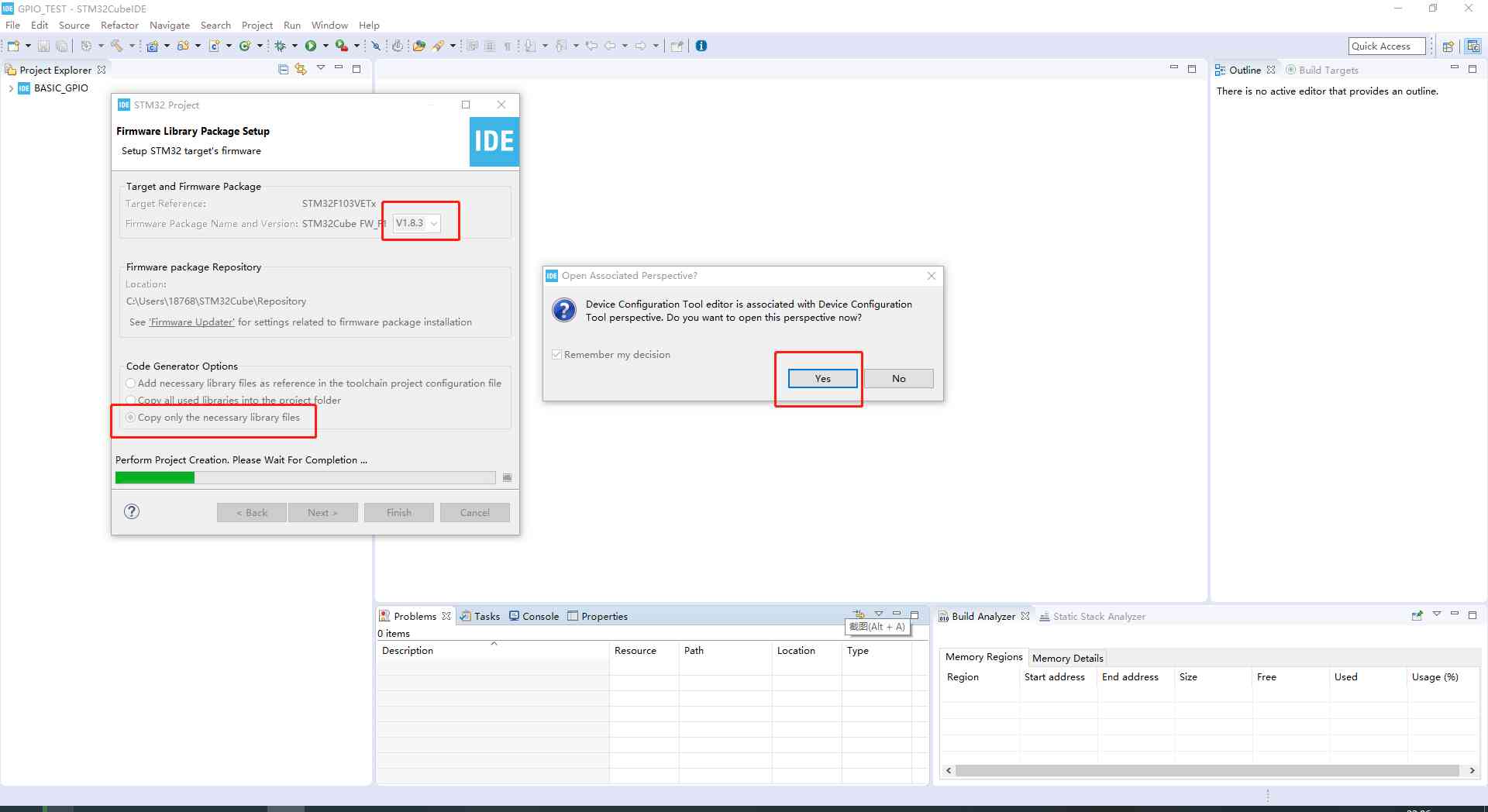
8、 Once I've created it , The following interface is the new project created
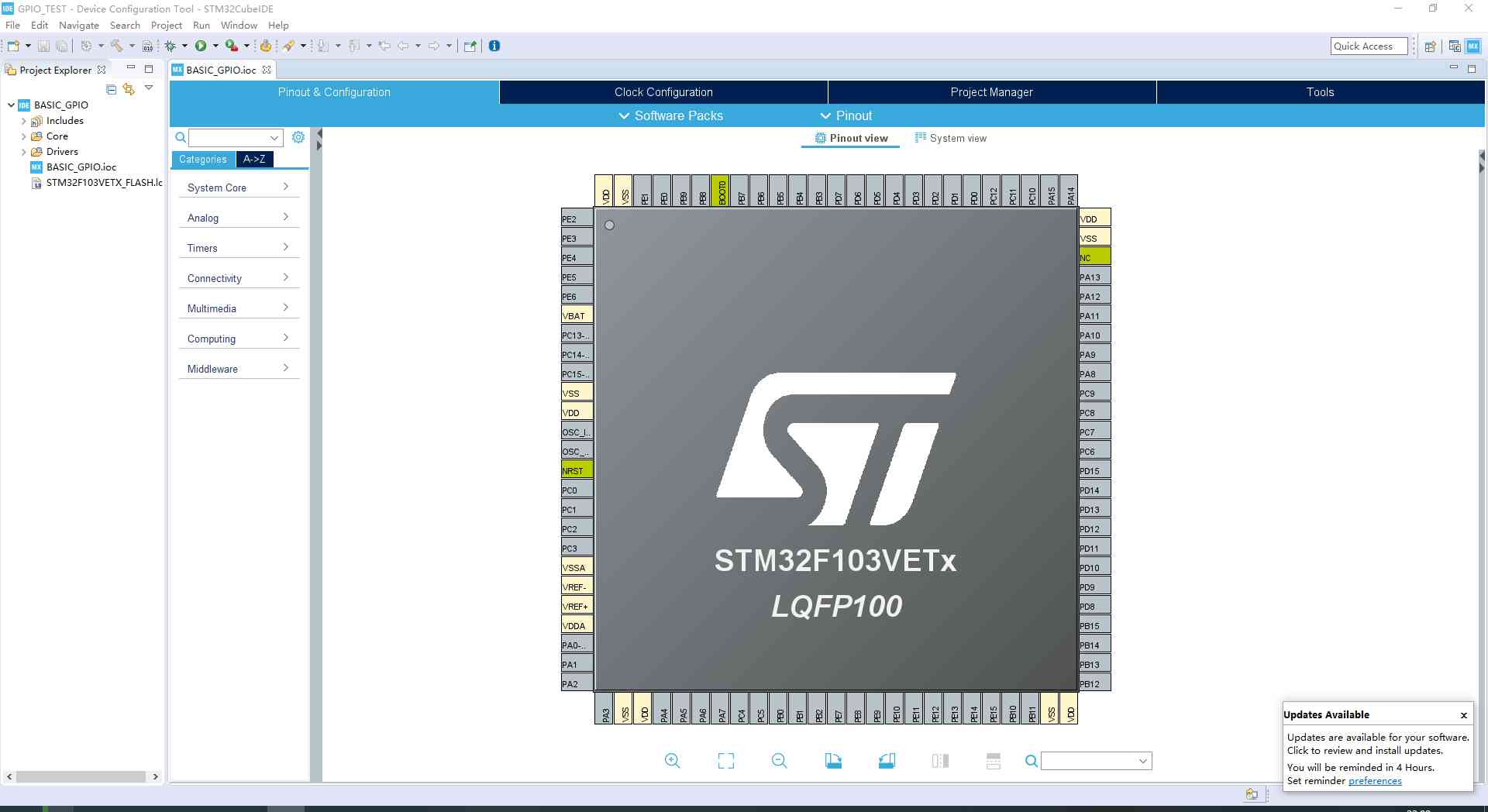
9、 Start configuring engineering parameters :1) To configure SYS Debugging mode ,2) Configure the system clock RCC,3) To configure GPIO port
10、 Configure debugging mode (debug Choose the right option according to your hardware , This use is CMSIS DAP debug , Using wildfire guider development board selection JTAG ( 5 pins )
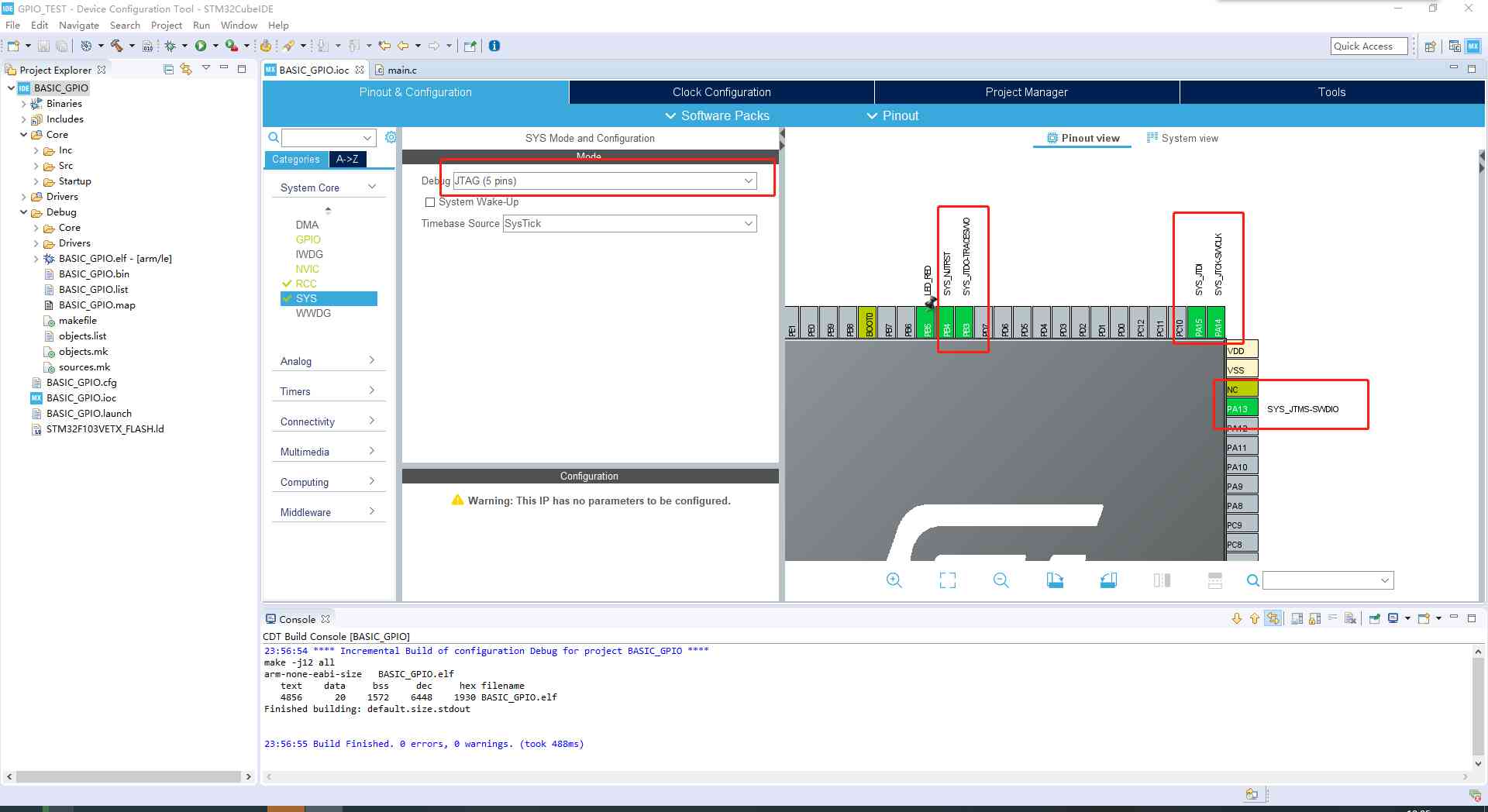
11、 Configure the system clock RCC( Using an external crystal oscillator 8MHz, The highest dominant frequency is 72MHz)
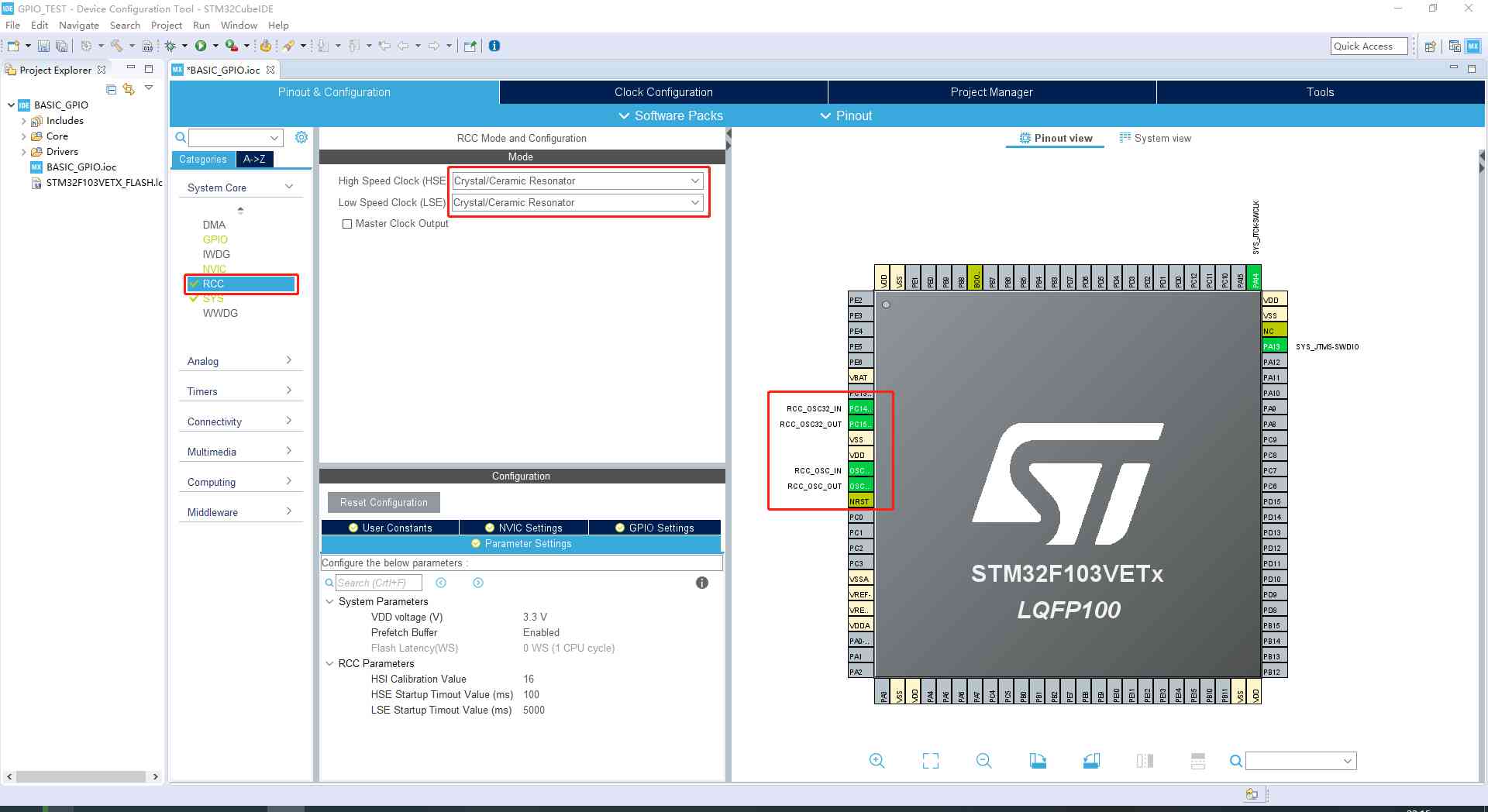
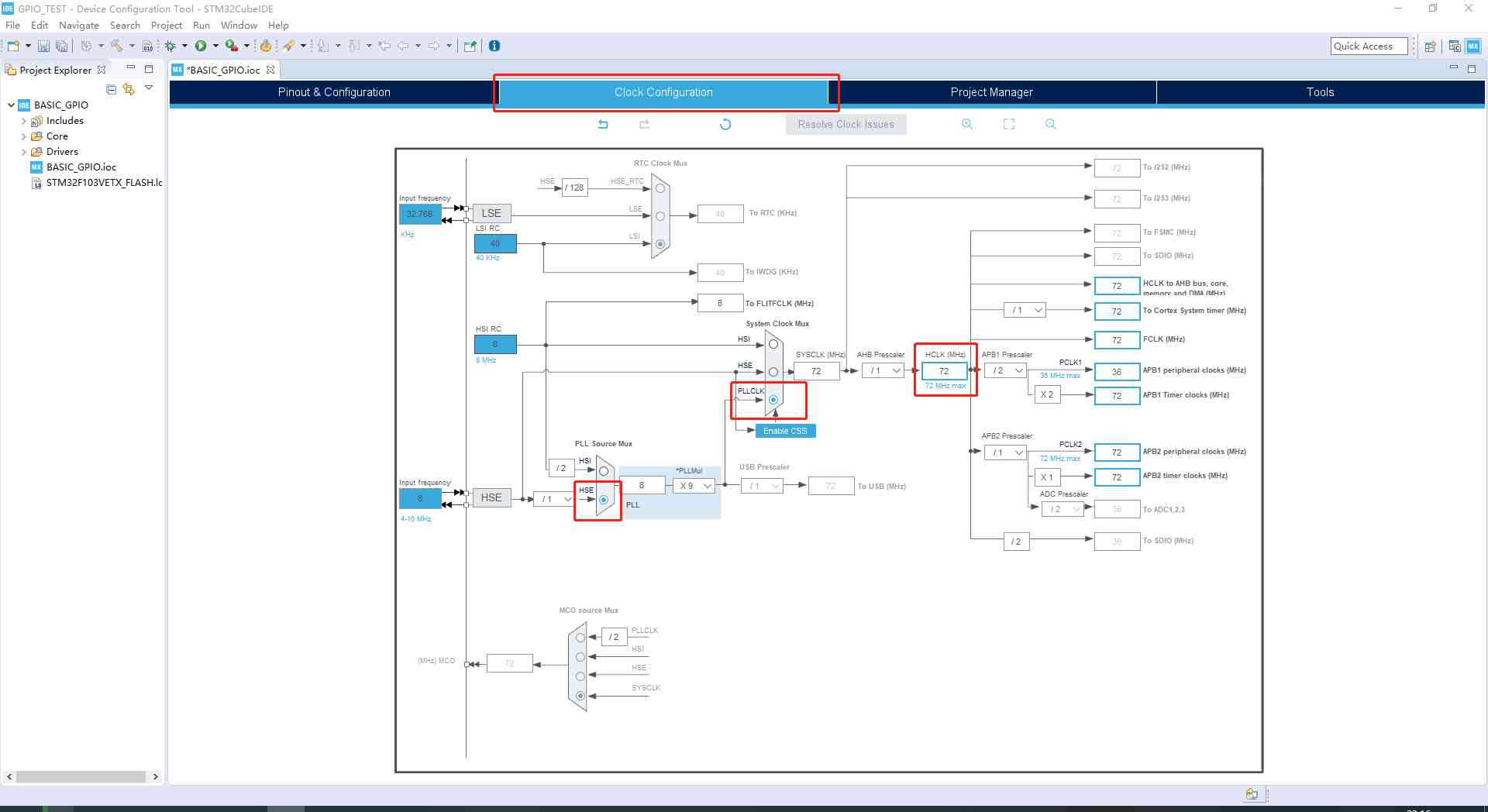
12、 To configure GPIO port ( This hardware for wildfire guide ) With LED For example, a lamp , The hardware circuit diagram is as follows

13、 For each one GPIO Parameter modification ( Click left and right on the corresponding pin in the diagram to configure , The specific operation of their own points a few times to understand )
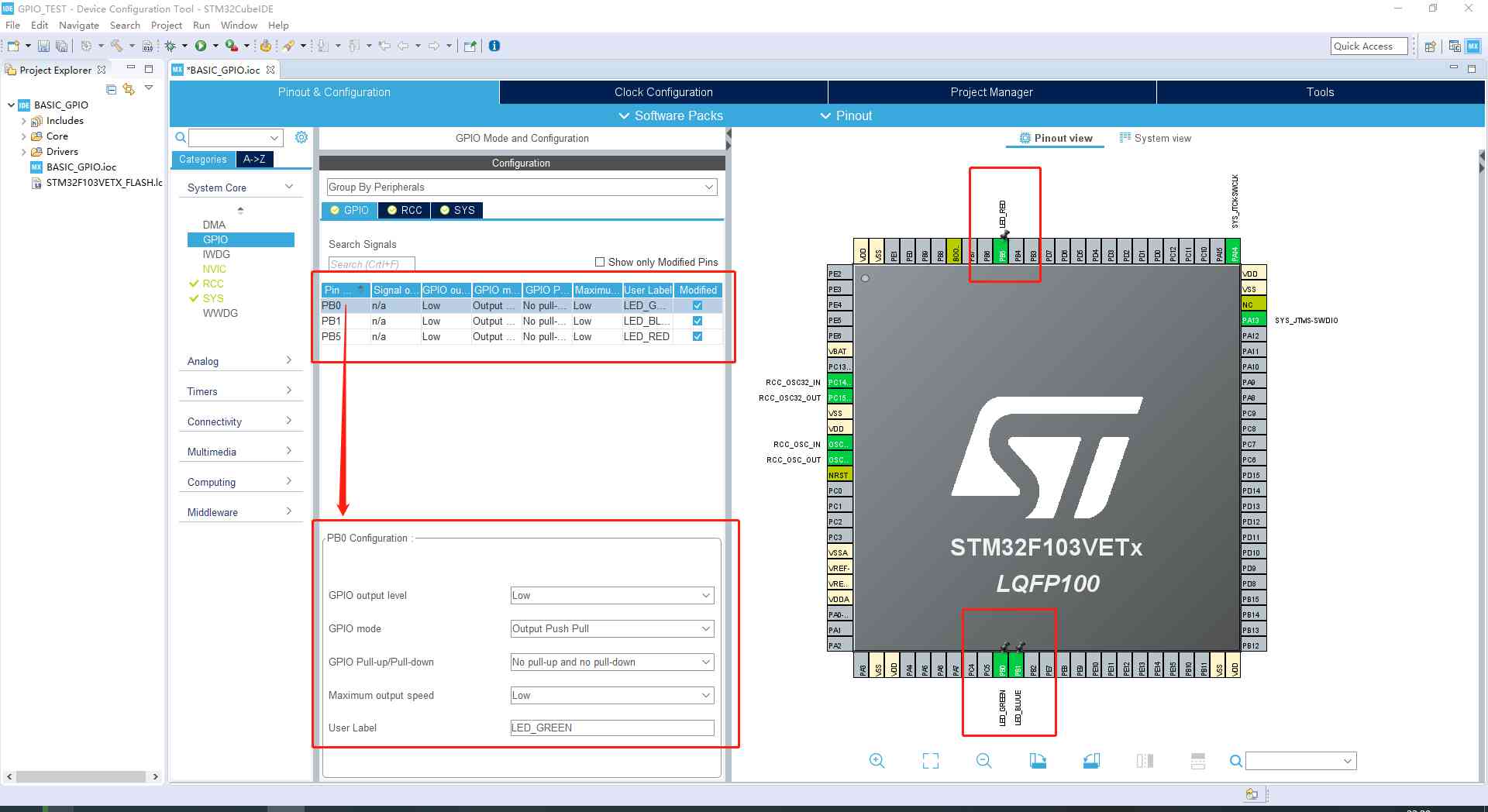
14、 Because it's configured with GPIO Peripherals , Modify and generate the corresponding H Document and C file

15、 Click Save to show whether to generate code , Click is the code that generates the response , You can see the generated code in the following location
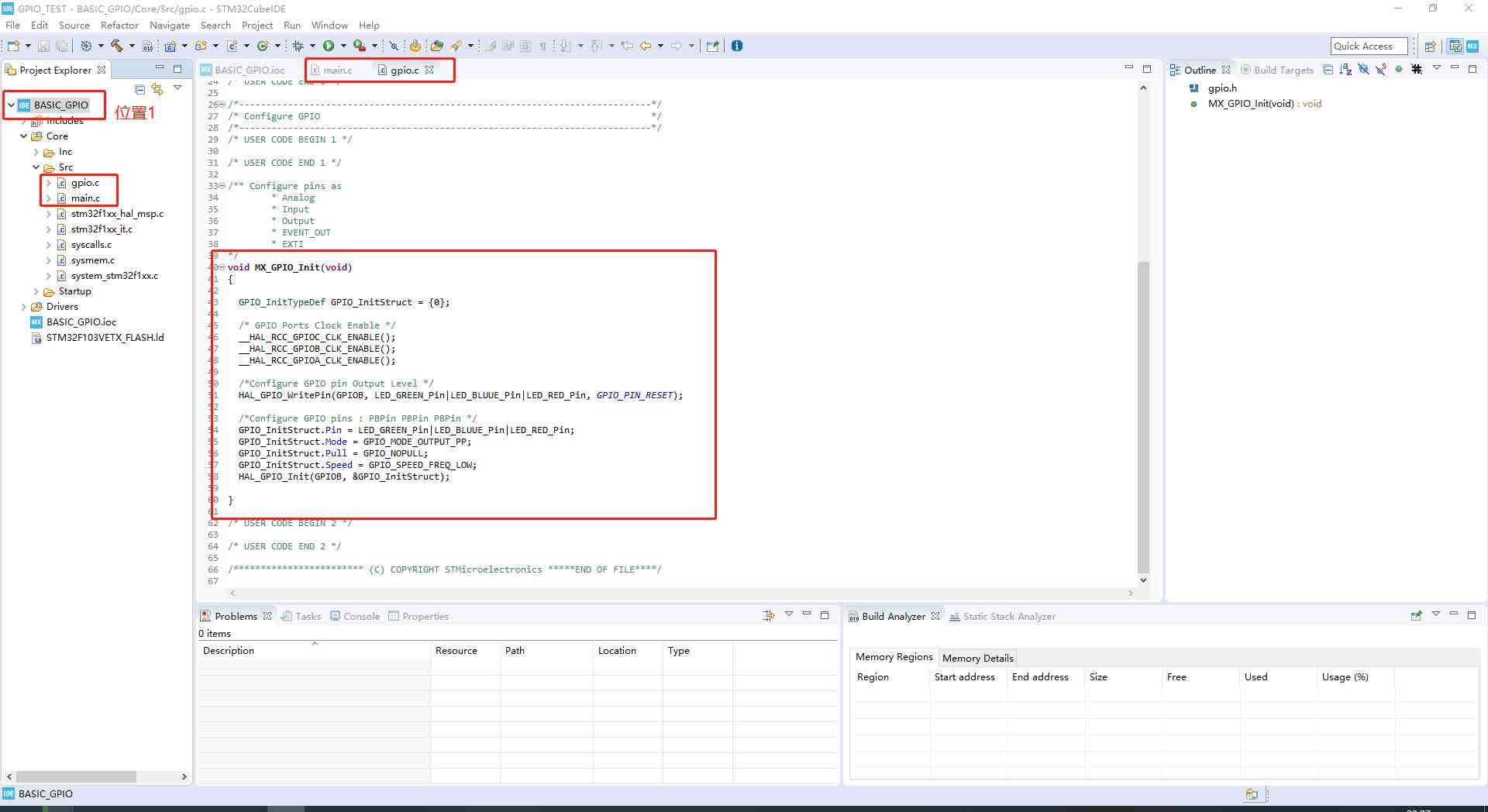
16、 In position 1 Right click the mouse to select Build Project Compile project program , You can see the compiled code
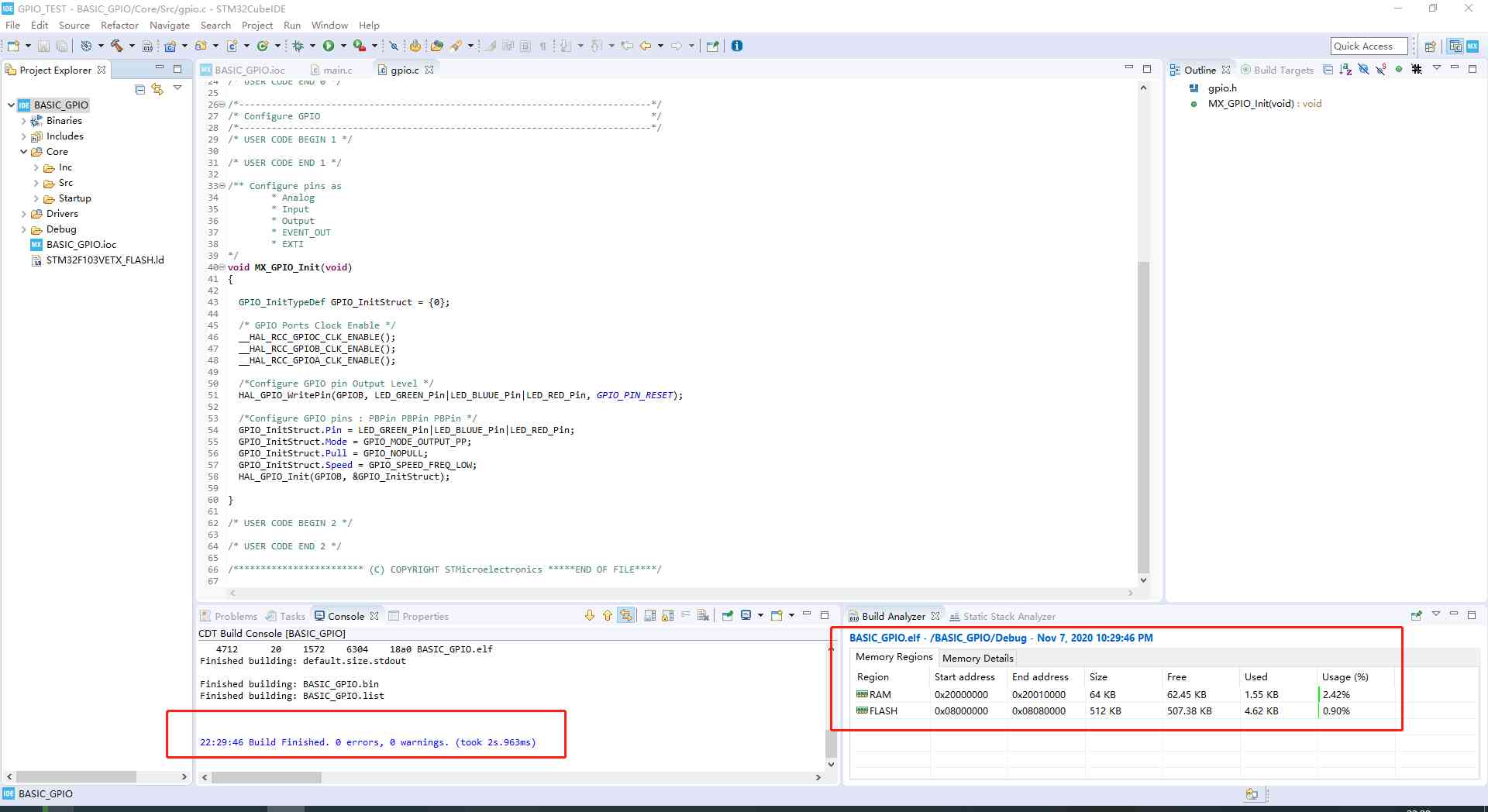
17、 Now write code control LED The state of the light ( This use is HAL library <<HAL Generally refers to the hardware abstraction layer . The hardware abstraction layer is located in the operating system The interface layer between the kernel and the hardware circuit , Its purpose is to abstract the hardware . It hides the hardware interface details of a specific platform , Provide virtual hardware platform for operating system , Make it hardware independent , It can be transplanted on multiple platforms >> )
18、GPIO It's using HAL library , Most functions are in the form of HAL At the beginning , stay main Program to write the following code , And compile :( When editing the code, you can use the code completion function shortcut key : ALT+/ ) The added code must be in /* USER CODE BEGIN */ and /* USER CODE END */ Between , Otherwise, saving or compiling will delete the code .
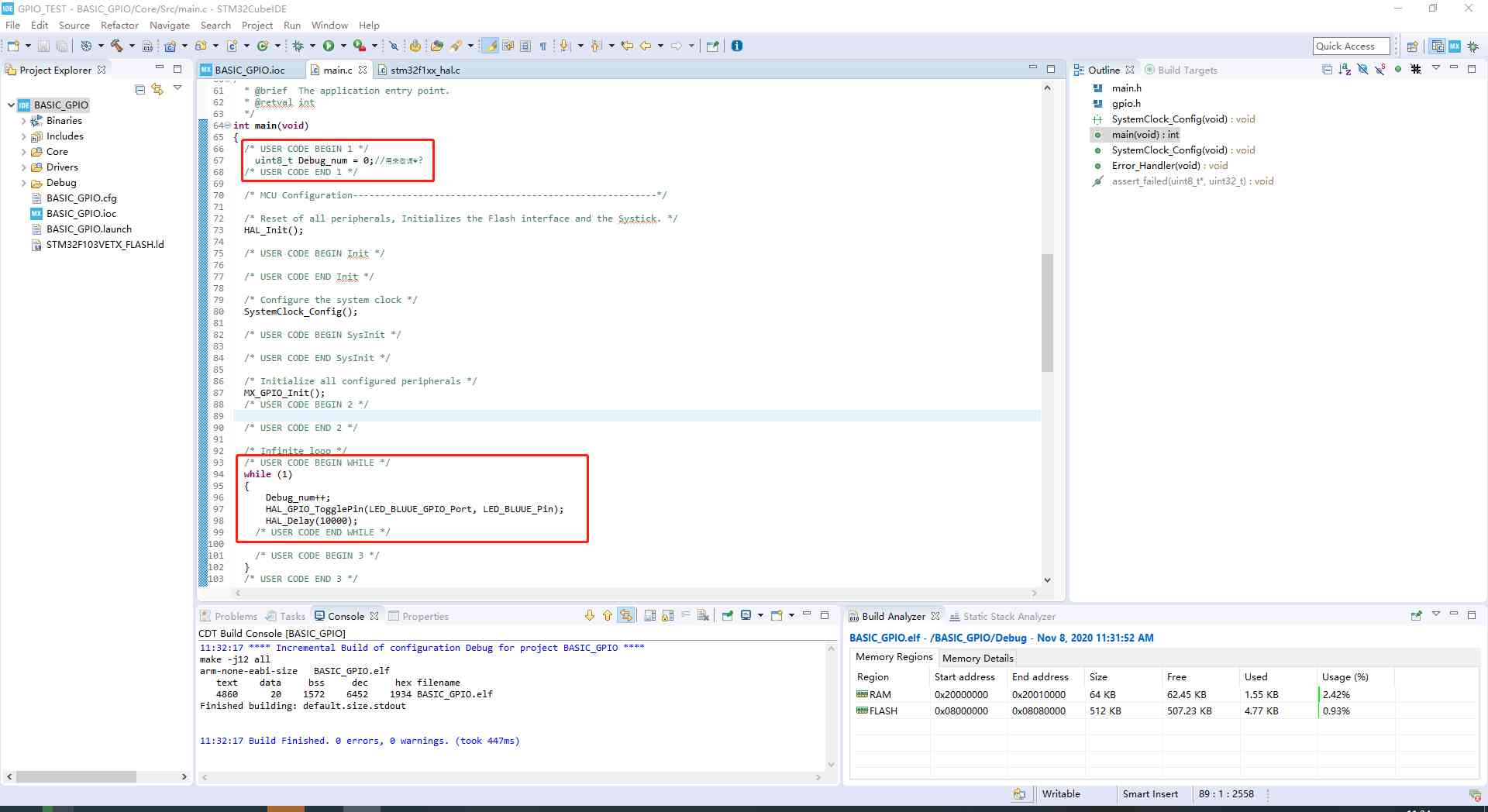
19、 Compile and pass , Start debugging the program : Check through software debugging Debug_num Change in value , and GPIO Changes in register values
20、 In position 1( See above 15 Step ) Right click mouse ->Debug As -> STM32 Cortex-M C/C++ Application
21、 Because this time is used CMSIS DAP Debug( Hold fire D Ordinary DAP Emulator )STM32CubeIDE Not supported by default DAP Of , But by ST-Link(OpenOCD Indirect support ), a key ::::::《 Choose to connect to remote GDB Server port 》
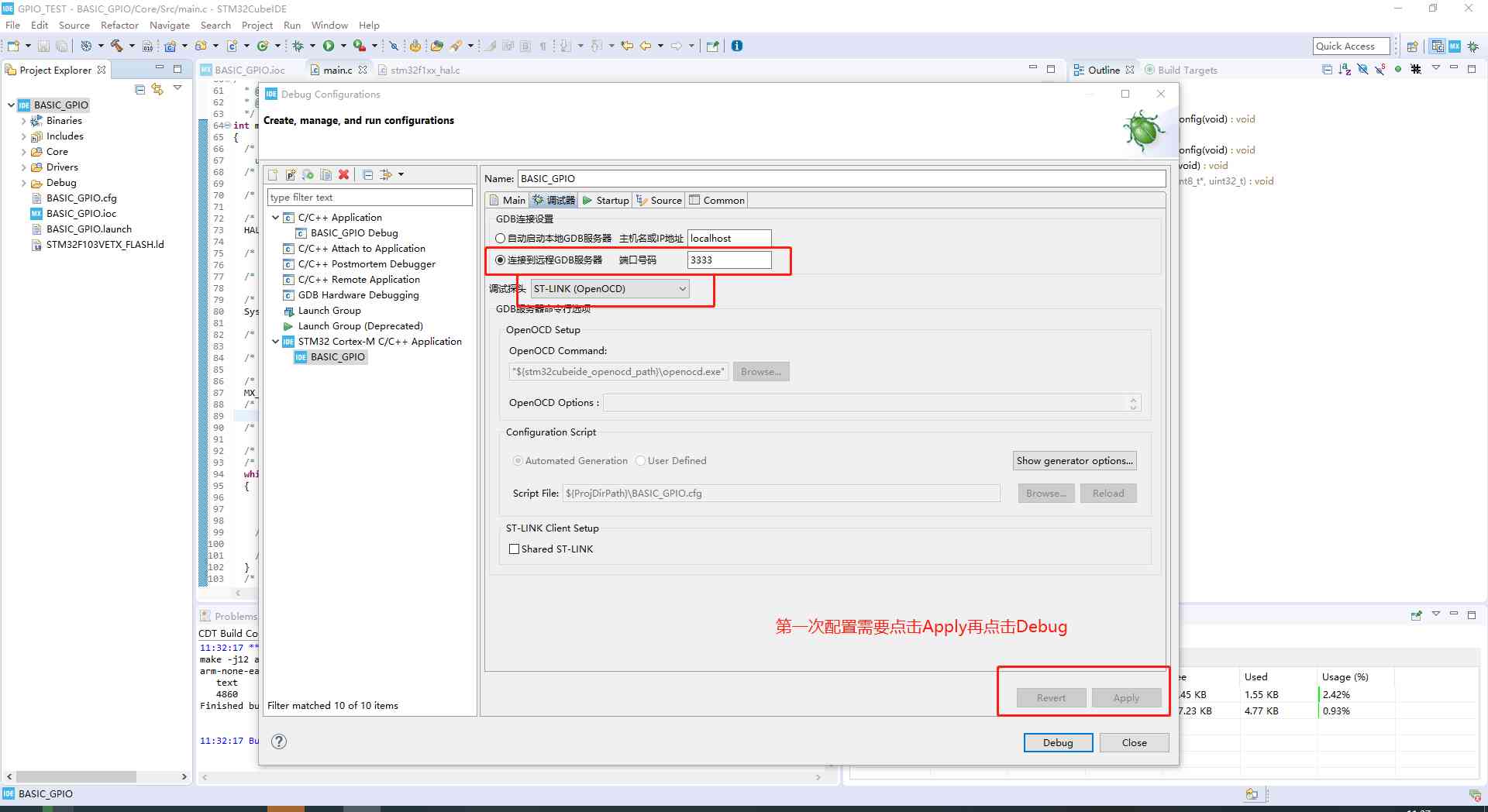
22、 Once the configuration is complete , It shows no, no ST-link
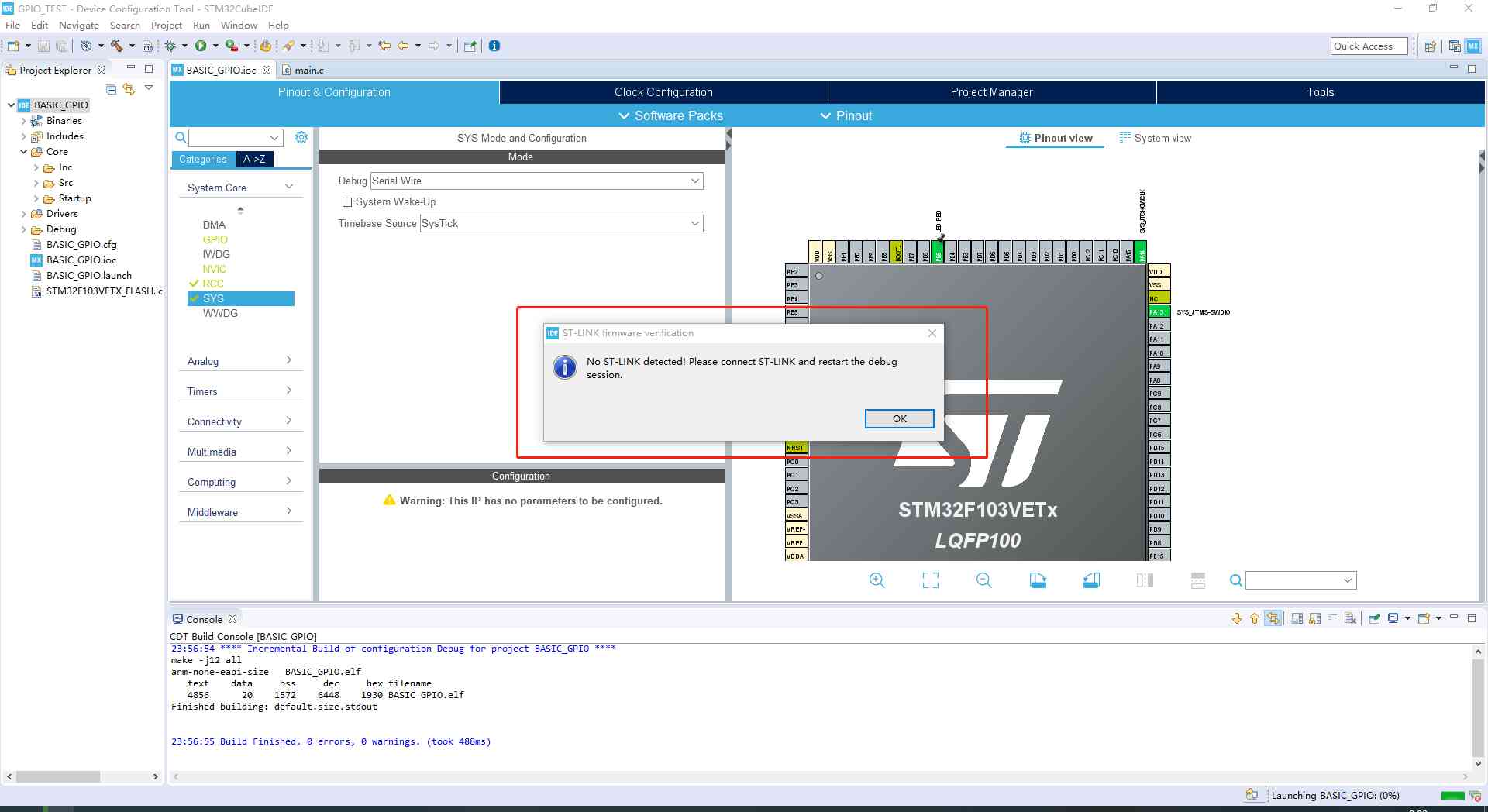
22、 There is an error indicating that there is no ST-Link, Is the computer does not have the corresponding driver installed
23、 install ST-LinkOCD drive , Download link :https://gnutoolchains.com/arm-eabi/openocd/ After downloading, unzip and open the folder

24、 Press and hold in the blank Shift Right click the mouse button to open PowerShell window , Press enter for the following command :./openocd -f interface/cmsis-dap.cfg -f target/stm32f1x.cfg If it doesn't work, try it a few more times , Before executing, it is better to connect the MCU and computer .
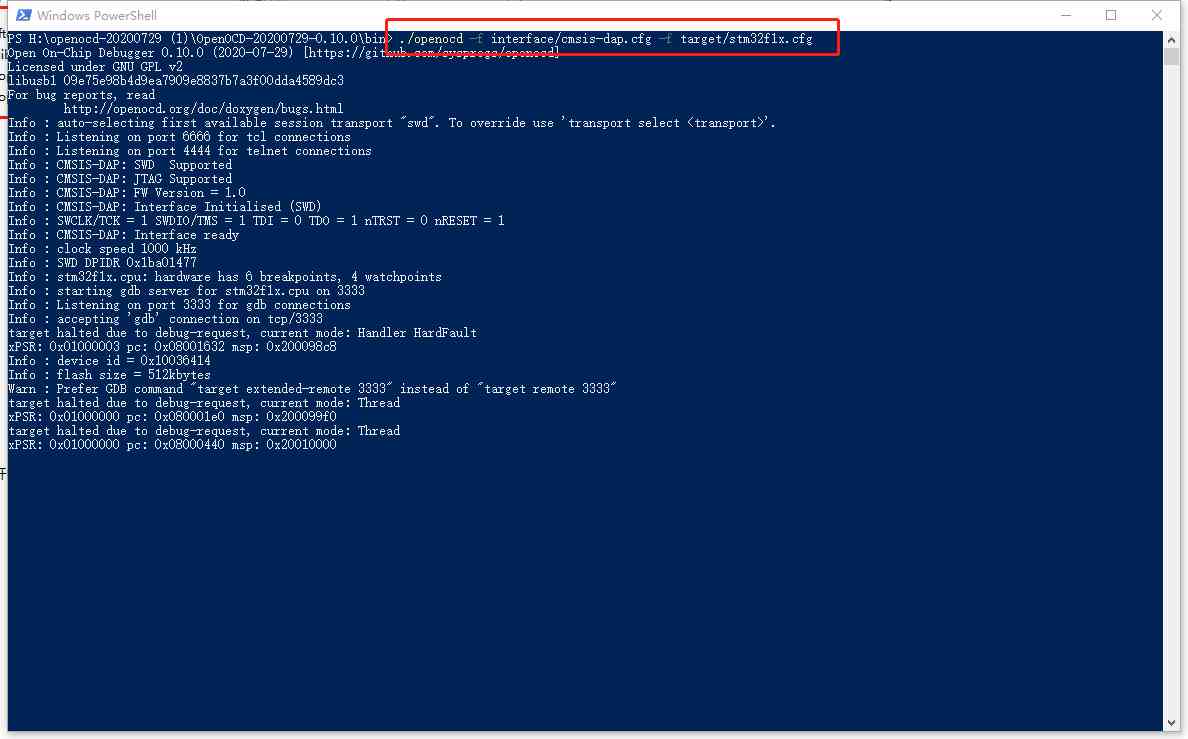
25、 go back to STM32CubeIDE in , Recompile the program , Click the ladybug button , Go to the following interface

26、 according to LED The light interface to see the corresponding GPIO Port of ODR register , You can see the change in values , At the same time, observe the development board of LED Light status .

27、 Click the full speed button , Check out the development board LED The light is flashing .
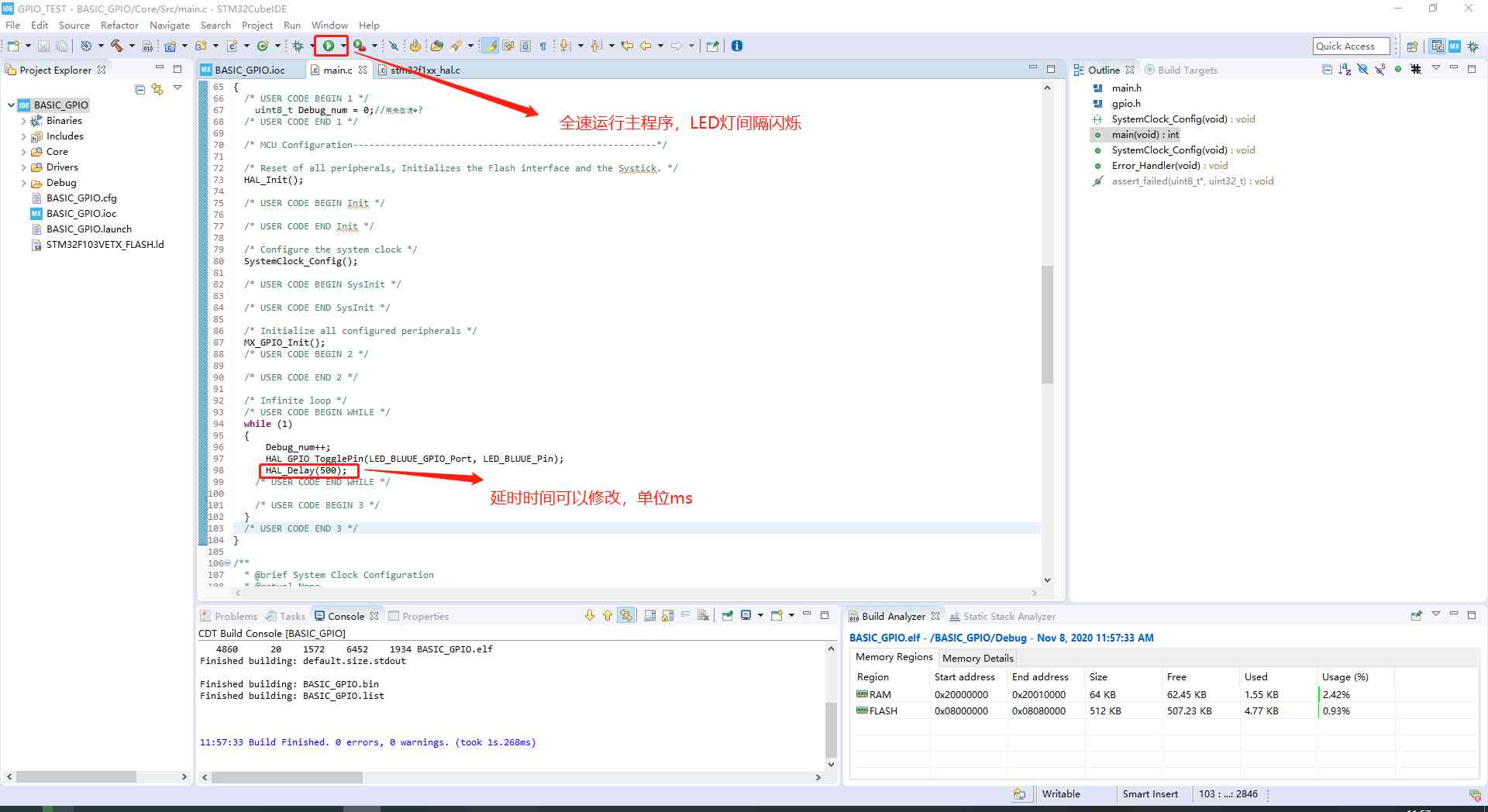
28、 Because the default setting port is low level during initialization , That is, the light is on by default , So in LED_BLUUE When flashing, the other light is always on , How to modify GPIO The default output of the port is high level or low level , You can modify it in the following places .
